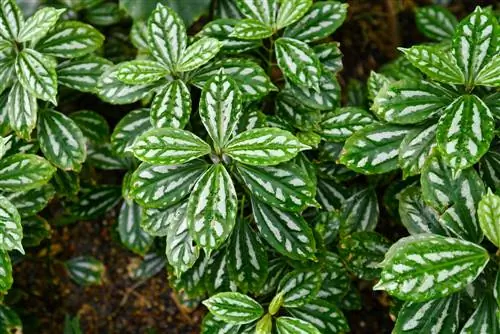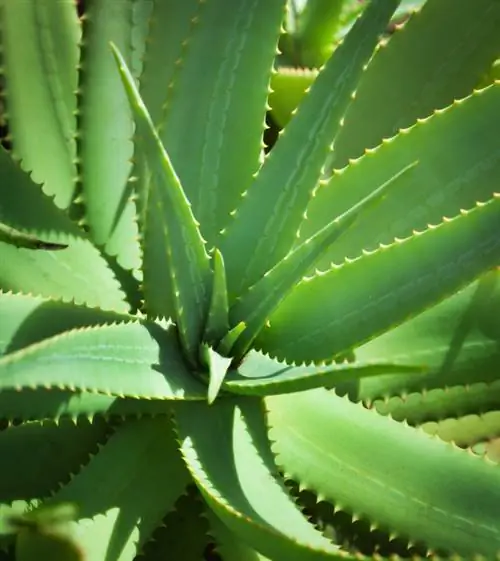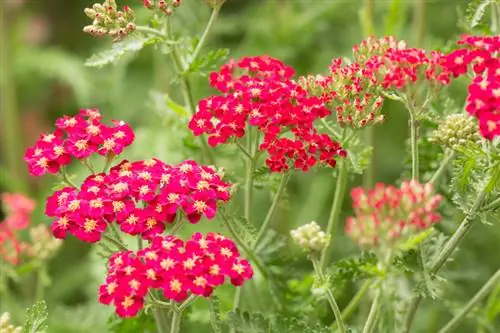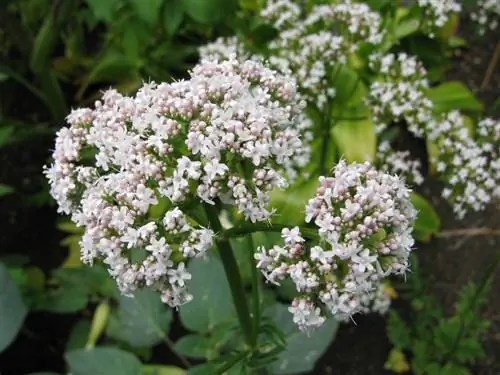- Author admin [email protected].
- Public 2023-12-16 16:46.
- Last modified 2025-01-23 11:22.
The Pilea looks great with its circular leaves. And it also has a lot to offer in terms of variety. In this article, get to know different species and find out more about their requirements.
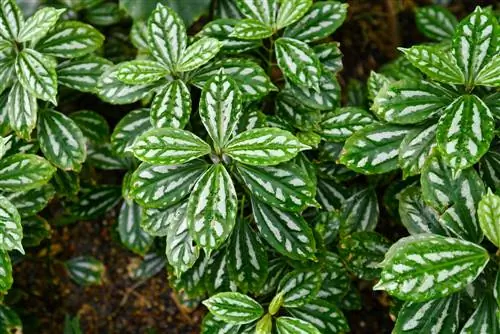
Which are typical Pilea species?
Popular Pilea species are the Pilea cadierei with silver markings on the leaves, the small Pilea microphylla as a ground cover, the sharply sawn Pilea spruceana, the visually appealing Pilea crassifolia and the UFO plant Pilea peperomioides with circular leaves.
General
The Pilea belongs to the plant genus Urticaceae. Among them there are numerous species that have different properties. This makes the Pilea one of the most popular houseplants. It also owes its popularity to its ease of care.
The nettle family is native to almost all of the world. They just don't occur on the Australian continent. Particularly noteworthy are the leaves, which, depending on the species, appear in impressive shapes or visually attractive patterns. However, you can only enjoy these beautiful plants for a short time. After just 2 to 3 years, their growth gets out of shape and becomes increasingly unsightly.
Note: Do you want to cultivate your Pilea for years? Then it is recommended to take cuttings from the mother plant after the first year. In this way you can create a small population whose plants always look he althy.
Different species
The UFO plant comes in several species. Below we will introduce you to the most popular ones along with their properties.
Pilea cadierei
- grows up to 40 cm high
- silver drawings on the leaves
Pilea microphylla
- short stature
- moss green leaves
- popular ground cover
Pilea spruceana
- sharply sawn leaf shape
- reddish brown color
Pilea crassifolia
- considered one of the most beautiful species
- quilted leaves
Pilea Pilea peperomioides
- probably the most popular Pilea type
- circular leaves
- also known as UFO plant
Have you discovered your personal favorite species yet? Although the undemanding houseplants come in various appearances, they are all similar in how easy they are to care for. Why not just take advantage of all the biodiversity and get several nettle plants? While small-growing species are an eye-catcher on the windowsill, larger trees are ideal for adding greenery to bare corners of the room.

